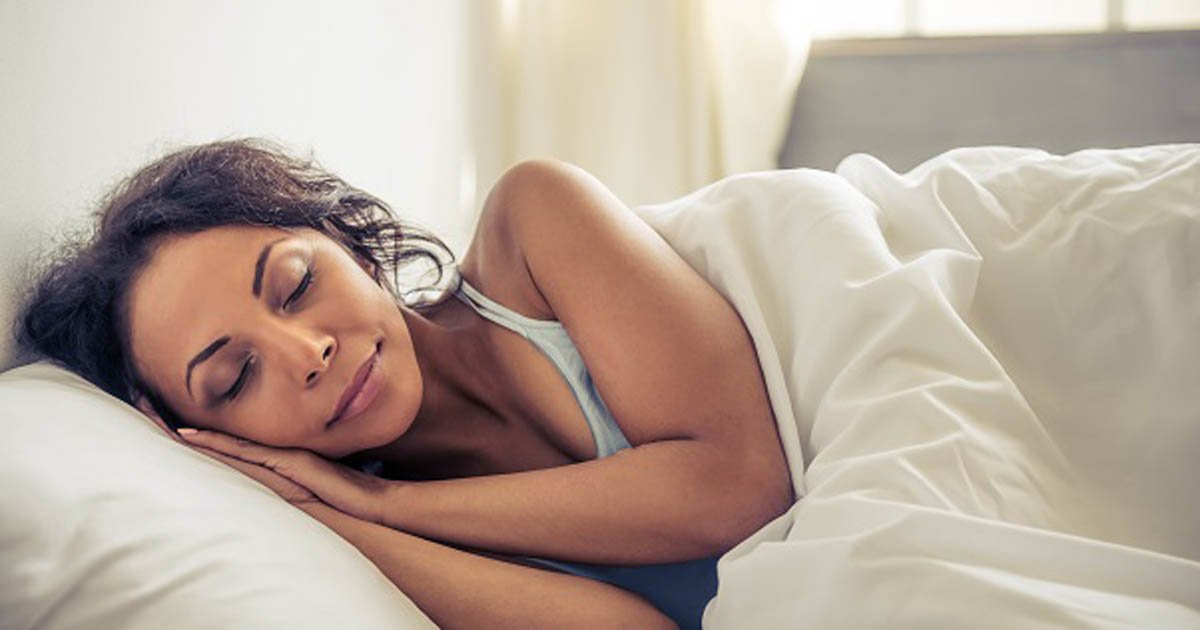Teaching, mimicking, anticipating sleep outcomes improves sleep hygiene in teens
Interventions based on the Theory of Planned Behavior and the Health Action Process Approach that included primers on sleep medicine, reconstructed sleeping environments and outlined sleeping habits, improved sleep hygiene in teenagers, according to findings recently published in Sleep.
“The [Theory of Planned Behavior] and the [Health Action Process Approach] are commonly used to inform interventions designed to promote changes in various behaviors across different populations. Furthermore, the two models have been previously combined to help understand sleep hygiene among adolescents,” Chung-Ying Lin, PhD and occupational therapist with the department of rehabilitation sciences at Hong Kong Polytechnic University, and colleagues wrote.
“However, almost no studies to date have explored whether the Theory of Planned Behavior and the Health Action Process Approach can inform interventions designed to change sleep hygiene behaviors, sleep quality, or sleep patterns,” they added.
Researchers assigned 1,425 teenagers in Iran to participate in an intervention where they received information about sleep’s health consequences; reconstructed their physical sleeping environment; received social support; created plans that indicated where, when and why they would sleep; identified barriers to sleep and monitored sleeping habits. Another 1,416 teenagers received no intervention.

Lin and colleagues found Adolescent Sleep Hygiene scores improved in the intervention group at 1 month (coefficient = 0.16; 95% CI, 0.12-0.2) and at 6 months (coefficient 0.19; 95% CI, 0.15-0.23) vs. the control group. Those who received the intervention also had better General Health Questionnaire and Pediatric Quality of Life scores.
“Adolescents commonly have sleep problems that are often caused by poor sleep hygiene (eg, using electronic devices before sleep). Several intervention programs have been designed to tackle such problems; however, they lack a solid theoretical background and so may fall short of promise,” Lin and colleagues wrote. “[Our] findings are significant because they suggest how to tackle the serious consequences of poor sleep.” – by Janel Miller
Disclosures: The authors report no relevant financial disclosures.

